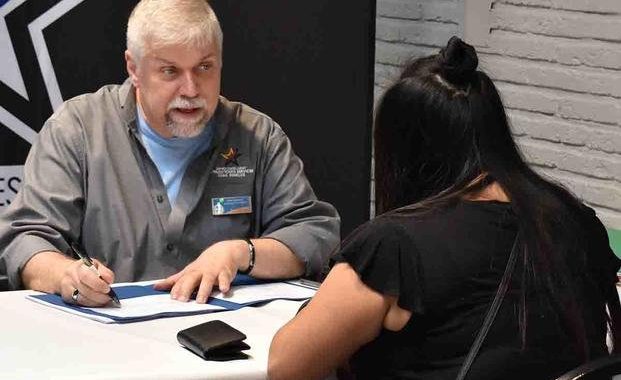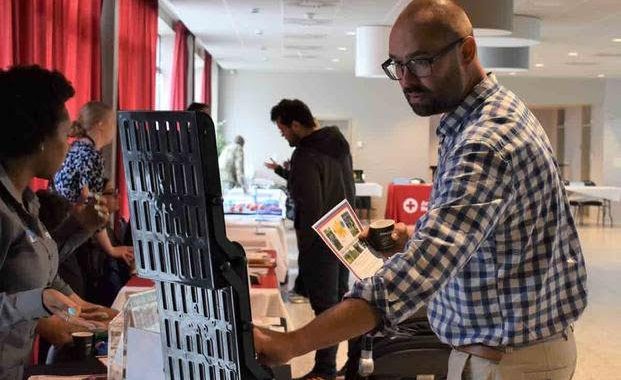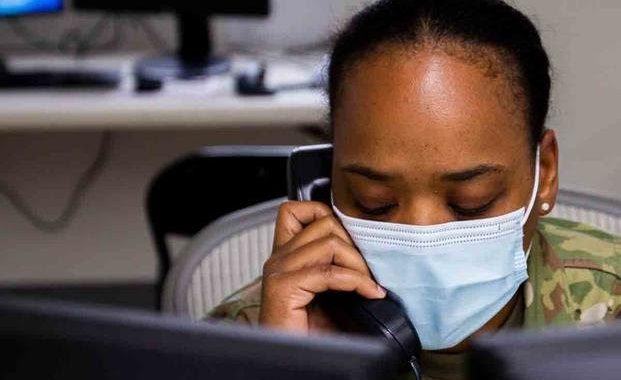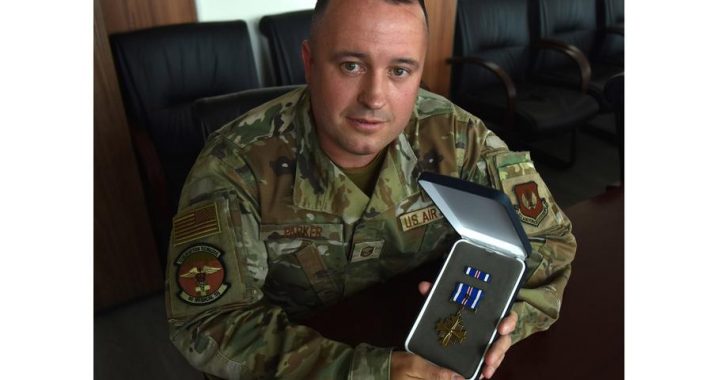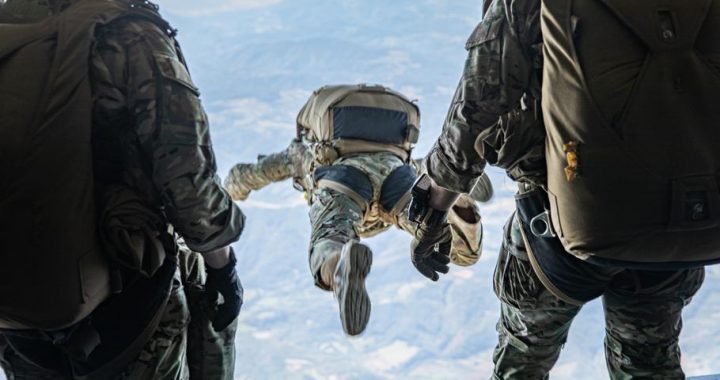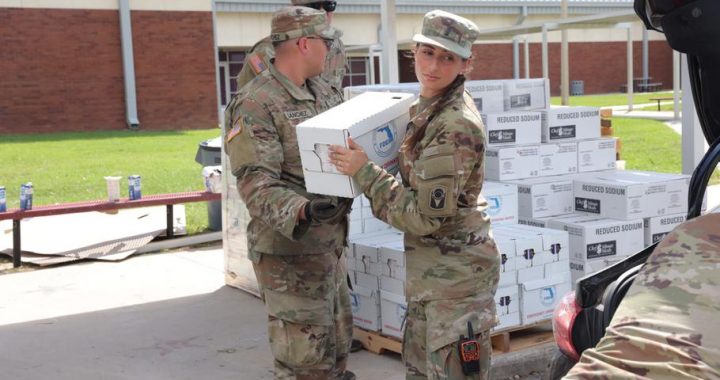Cal Guard Supports Civilian Search And Rescue Training
3 min read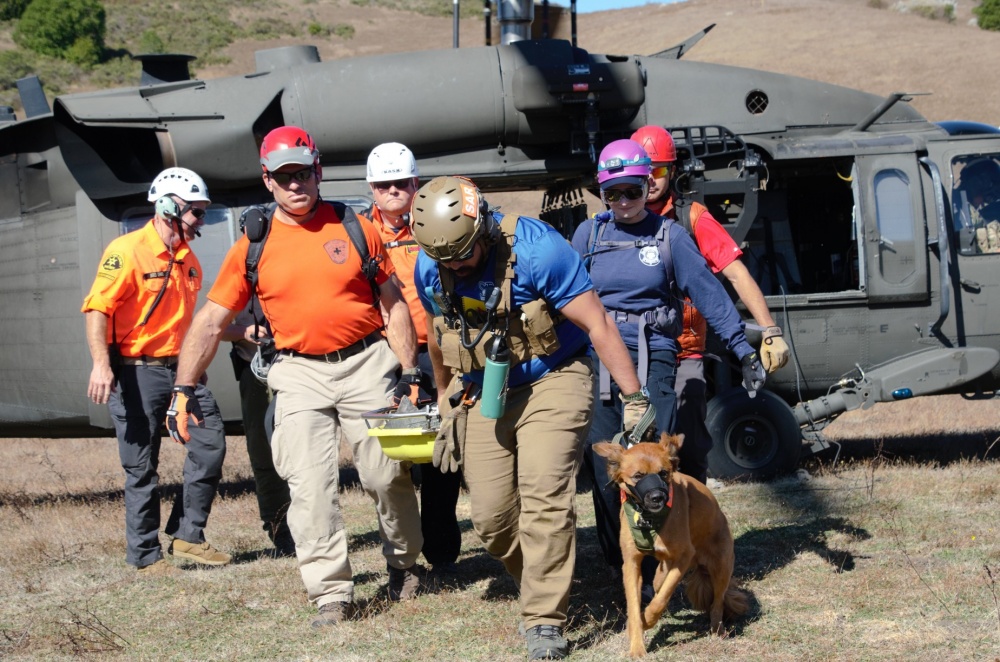
PETALUMA, CA, UNITED STATES
Story by Sgt. 1st Class Salli Sablan
California National Guard
PETALUMA, Calif. – Volunteer personnel from around the state attended a helicopter safety and rescue training sponsored by California Office of Emergency Services (Cal OES) in partnership with the Cal Guard, alongside Napa and Marin County Sheriff’s Office volunteers. In total, more than 400 search and rescue personnel attended the training at the Walker Creek Ranch in Petaluma, Calif. Oct 4-6, 2019.
The remote terrain of the ranch, with steep canyons and light to heavy brush created a realistic environment for attendees. The Walker Creek Ranch is owned and operated by the Marin County Office of Education and serves as an active Outdoor School for schools in the area.
Whether in combat or in support of domestic response, Cal Guard forces are trained, equipped and offer a full spectrum of search and rescue (SAR) capabilities.
“The relationship between Cal Guard and SAR is really uniquely close in California, I would say, more than anywhere else,” said Travis Wiley, with Napa County Sherriff’s office and primary event coordinator.
“The Cal Guard makes an effort to connect with SAR teams throughout the state and we’re expanding training with orientation using their Black Hawks and Lakotas helicopters,” said Wiley.
He explained the goal of the training was to offer personnel basic aircraft orientation – critical to those first responders without this experience. The training also included a mass casualty loading scenario with the UH-60 Black Hawk helicopter in order to enhance helicopter rescue operations related to personnel and gear insertion and extraction maneuvers.
The Cal Guard’s LUH-72 Lakota helicopter was used for night SAR training and included how aircraft communications works, locating subjects in the field and air-to-ground communications once subjects are located.
“A significant mission of the National Guard is SAR,” said Maj. Jan Bender, the Deputy Joint Intelligence Office for the Special Operations Detachment-North and one of the state’s Incident Assessment and Awareness coordinators.
“When local resources are depleted or a unique asset is needed, that’s when the Cal Guard comes into play. Our interagency partners may not know what tools we offer until they experience them or see them in action,” said Bender.
“For example, the Lakota has a sensor ball which offers infrared heat signatures – invaluable when dealing with vast expanses of terrain and searching for a specific object, like a stranded hiker, “explained Bender.
Bender shared while the Cal Guard’s aviation offers hoist capability and movement of patients and rescuers, the joint intelligence community plays a critical and time saving role with information processing, assessment and dissemination related to SAR events.
“Overseas we call it intelligence, surveillance and reconnaissance. At home, these capabilities can be used in a different manner as Incident Assessment and Awareness (IAA), which offers rescuers the ability to see things that someone on the ground can’t,” said Bender.
“An IAA coordinator can show up on the scene and assess where the problems are so they can provide rescuers with much needed information in order to save lives,” explained Bender.
“Its big time important to have the Cal Guard support,” said Wes Riggins, Team Leader for California Explorer Search and Rescue (CalESAR), a first responder direct resource of OES. “This event offers great experience for people who have never had any aviation exposure, except what they see in the movies.”
Riggins shared both CalESAR and CRDA are linked with CalOES. Both of these SAR agencies are direct resources for CalOES which means they are called upon first. CalESAR responds to searches and other emergencies throughout Northern California from the Fresno area to the Oregon border and east to Nevada, while CRDA is considered to be the most extensive search dog group in the nation.
Riggins explained the difference hands on experience makes, such as carrying a litter with 4 other rescuers and not being able to talk with the noise of the rotors. In this training, understanding hand signals, for example, when the helo is ‘hot’ is critical.
“You have someone’s life who’s going to be impacted so you don’t want to make mistakes,” said Riggins. “If the search for someone goes longer than 72 hours, their survival rate drops to 6%. Time is your enemy and the Cal Guard gives us back time.”


